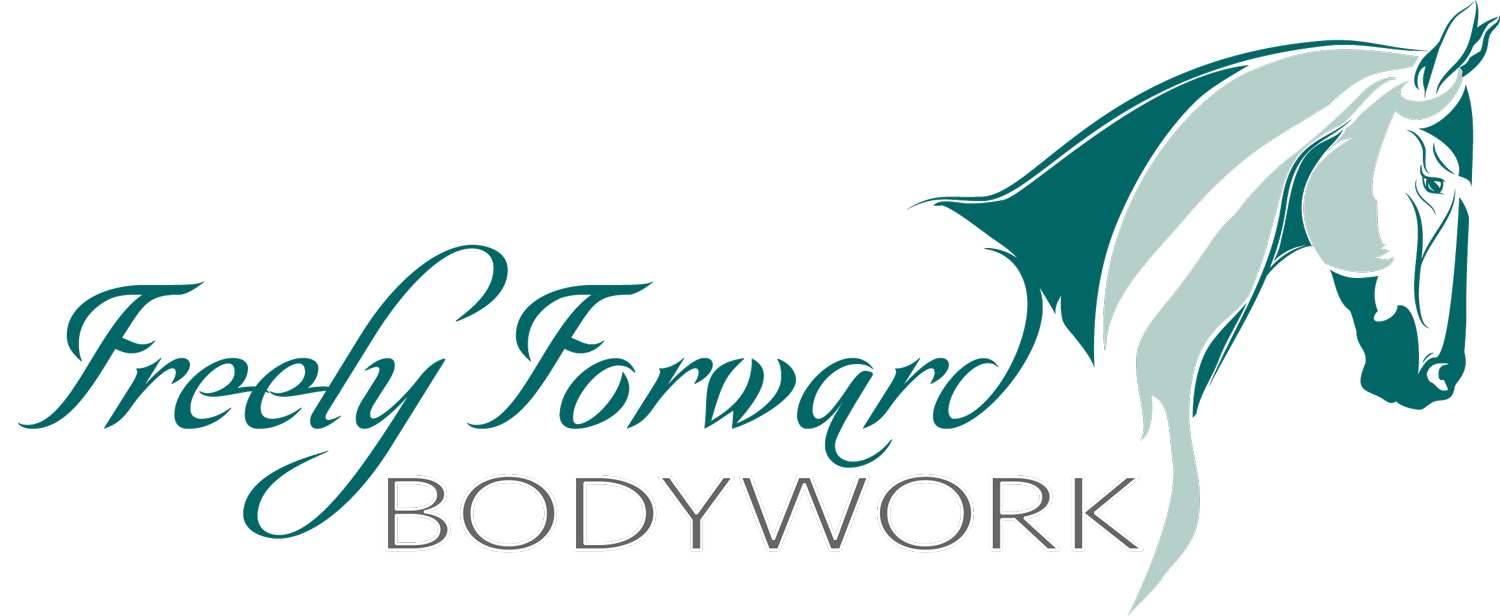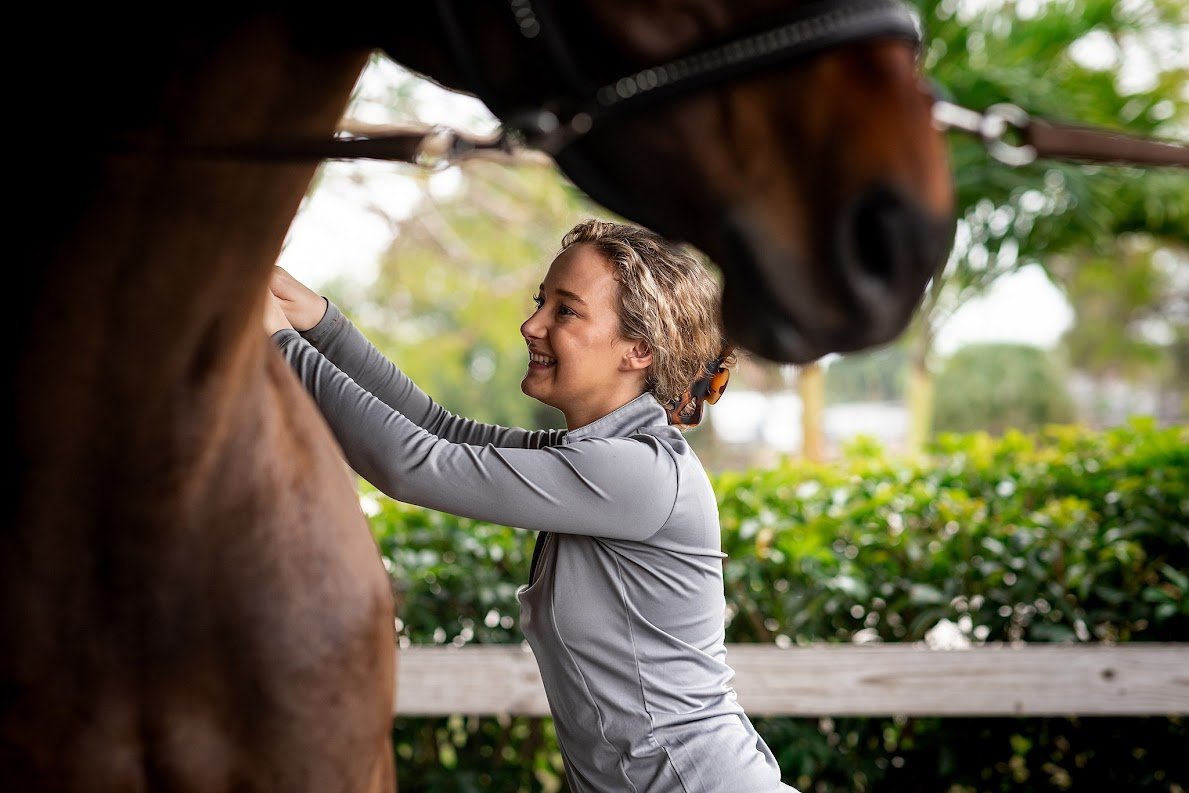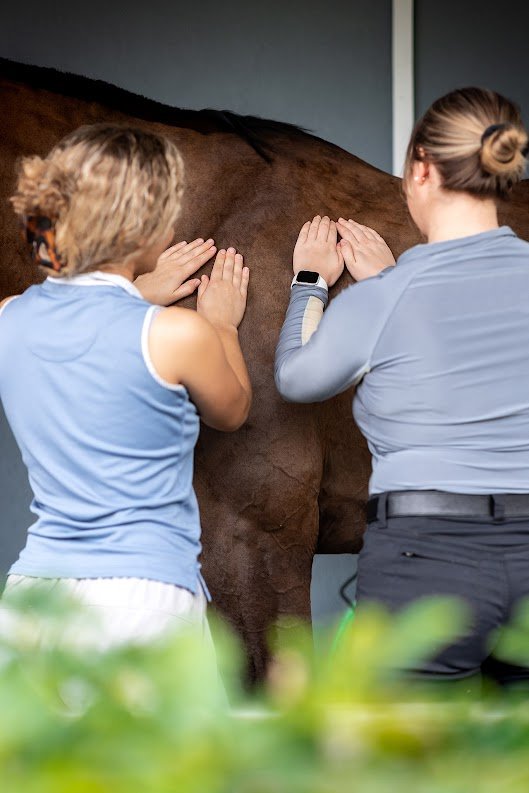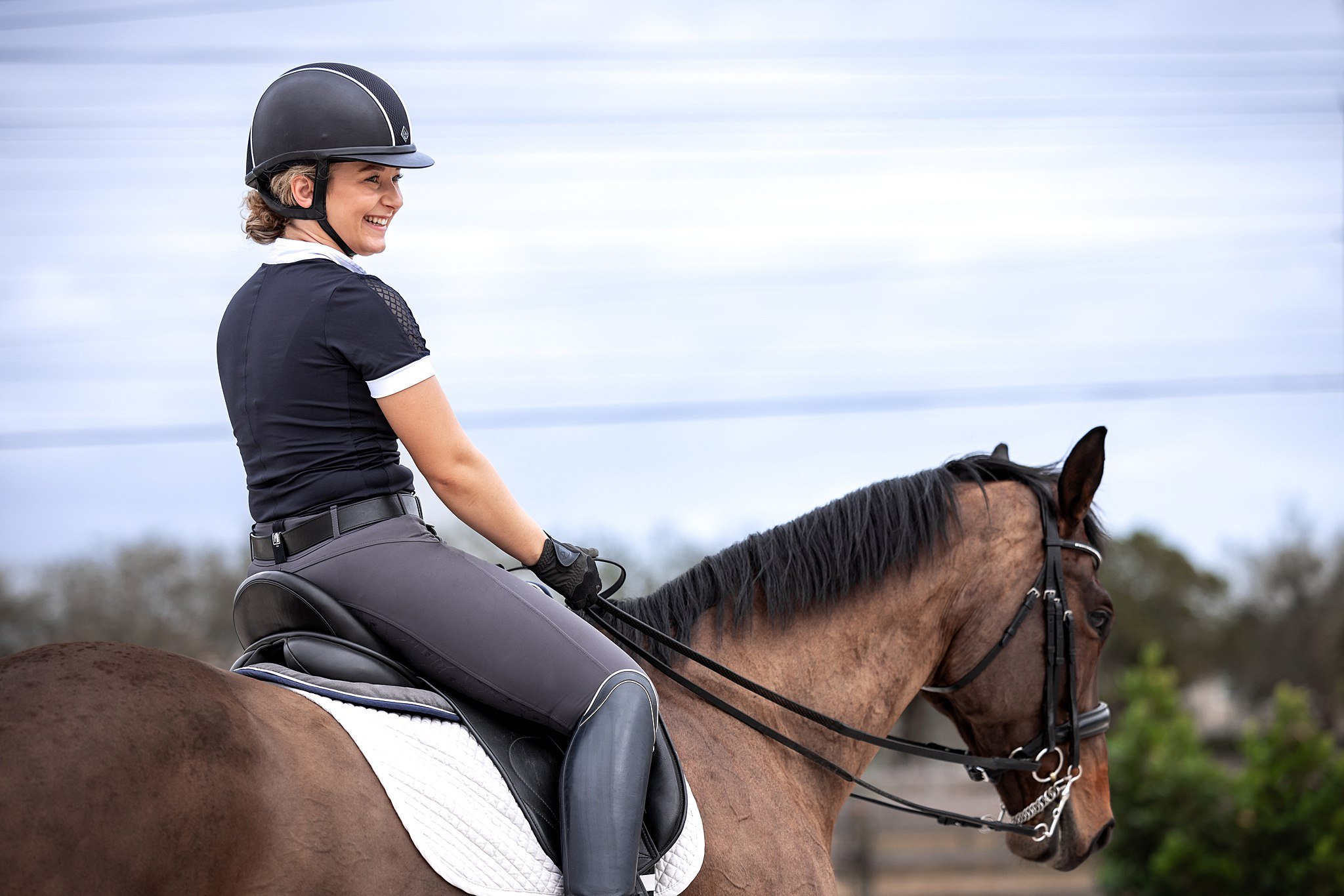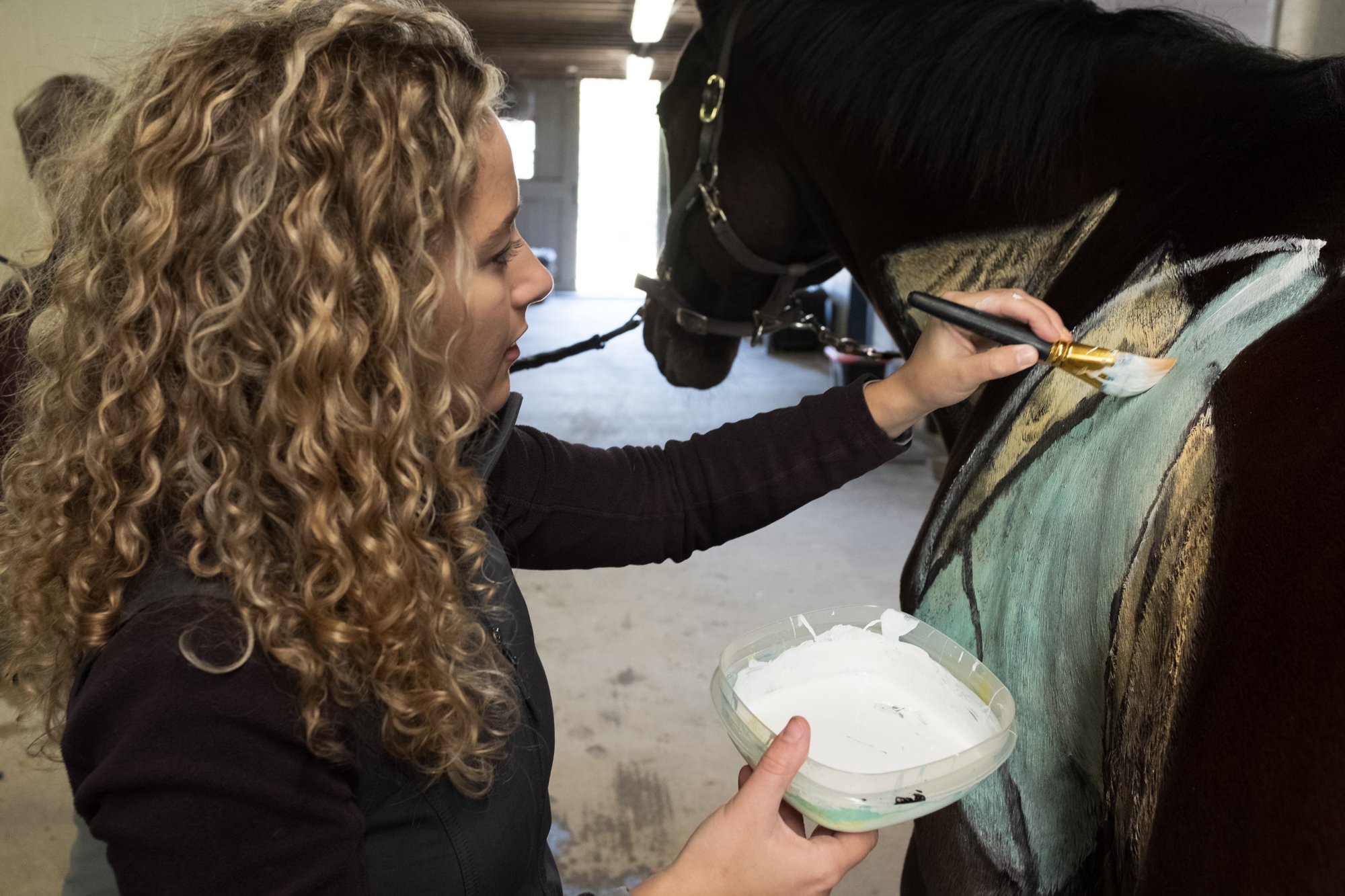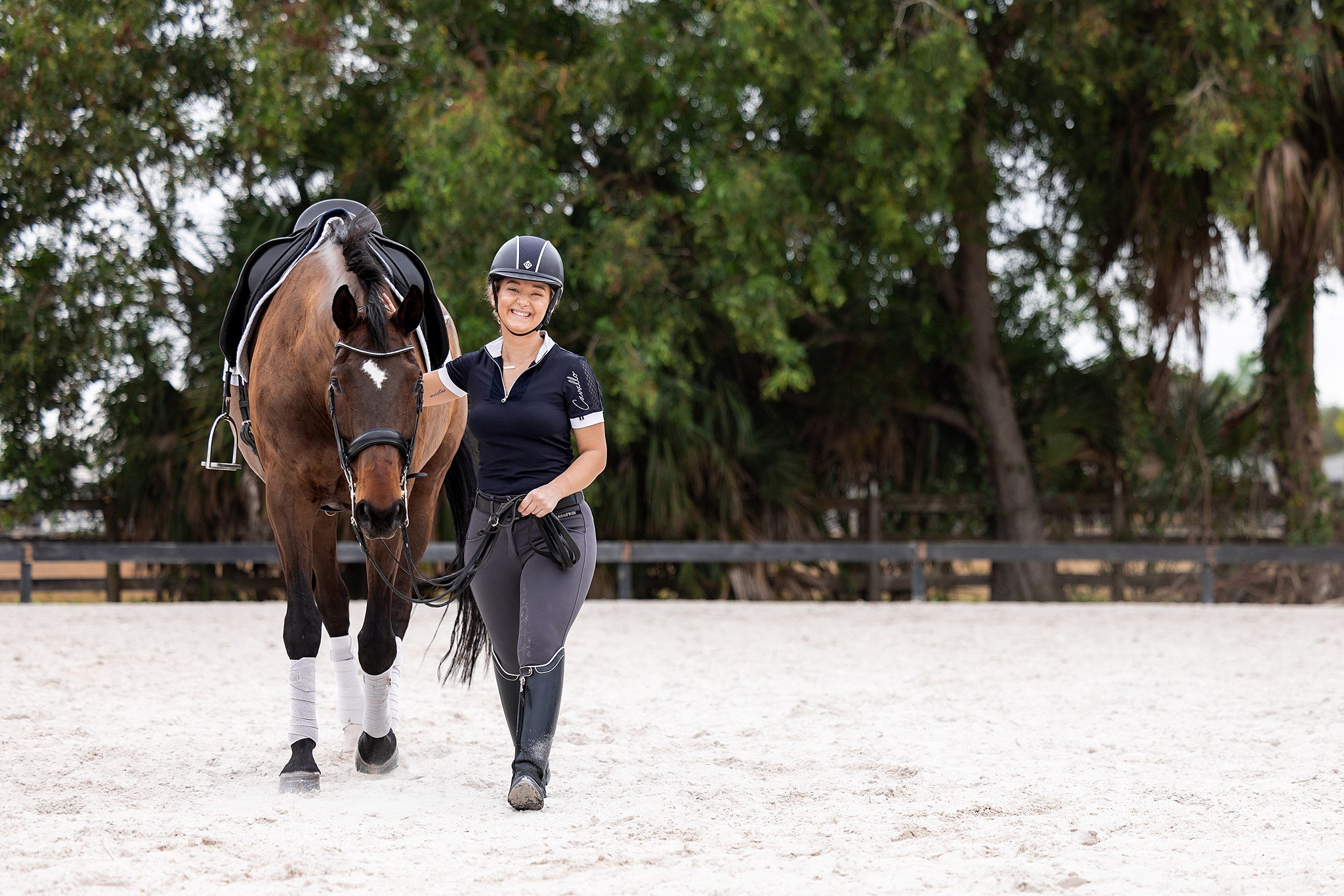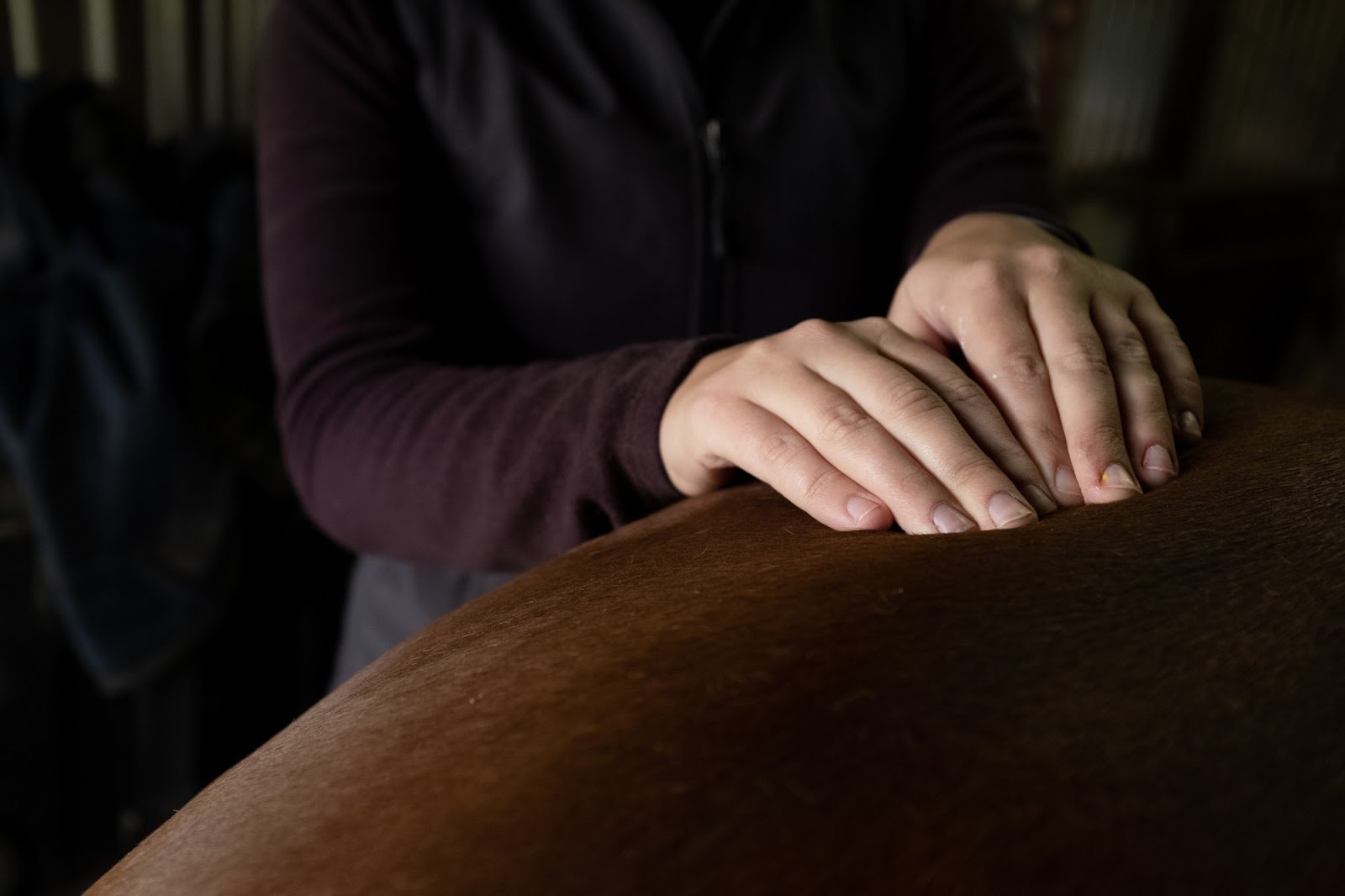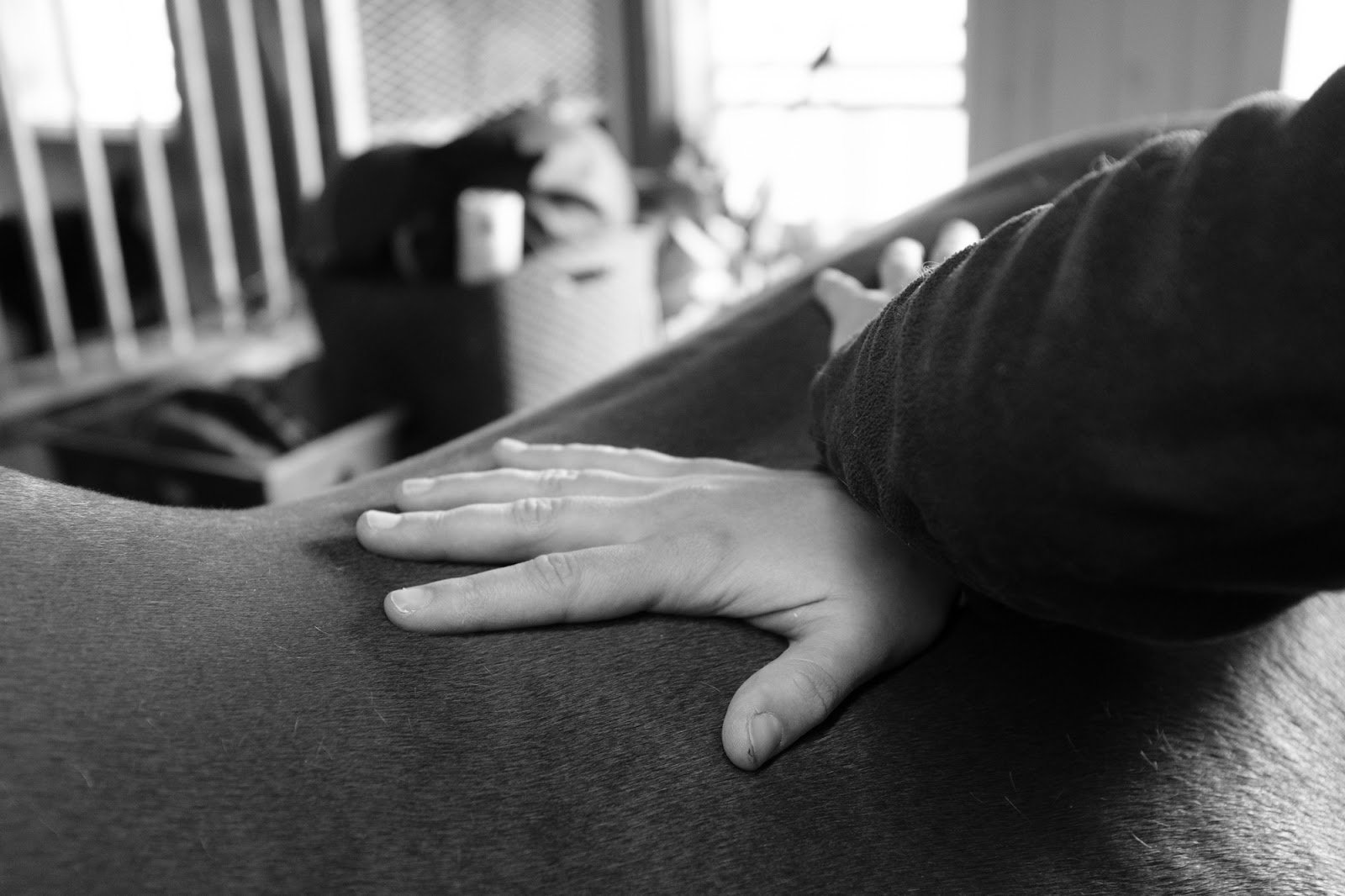Keeping Up With Maija
RESOURCES & NEWS
How Equestrians look at Lameness, Pain, and Injury in Horses
I had a really incredible lightbulb moment about the way we as equestrians look at lameness, pain, and injury in our horses.
The Freely Forward Formula
I often get the question, “what makes your program different? Why should I pick yours over someone else's?”
“One Size Fits All” Horse Management
I’m going to stir the pot…
The “old way” of “one size fits all” management for horses doesn’t work. Every horse is an individual with unique needs.
Winter Riding Woes Part 2
Us riders face a special set of problems in the colder months.
I’ve outlined what I think the causes of many of those problems are, and what you can do to fix them!
Winter Riding Woes: Part 1
Our horses (and us!) face a special set of problems in the colder months.
I’ve outlined what I think the causes of many of those problems are, and what you can do to fix them!
What Actually Causes Muscle Soreness?
For years, most people thought muscle soreness was caused by lactic acid buildup. But actually, this theory was recently disproven by multiple different scientific studies!
How to Help a Girthy Horse
“My horse is girthy, how can I help?” Is one of the most common questions I get as an equine bodyworker.
If your horse hates being girthed, here’s what you need to do:
3 Things all Horse Owners Should Have in Their Phones
In case of an emergency, here are 3 things all horse owners should have in their phones
3 Ways to Alleviate your Horse’s Back Pain - From an Equine Massage Therapist
If your horse is in a downward spiral of soreness and pain, I know it’s making you feel hopeless and helpless. I want to empower you to massage your own horse and leave behind muscle soreness for good, so that you and your horse can live up to your full potential!
Top 5 Ways to Biohack your Horse’s Performance - From an Equine Massage Therapist/Former FEI Groom
It takes between 10-15 minutes for freshly oxygenated blood to reach the tendons in horses’ lower legs. Oxygenated blood helps prevent injuries. Additionally, walking enables the optimal flow of synovial fluid, which cushions horses’ joints and helps absorb the shock of exercise. A proper cool down walk allows lymph to move through the body, instead of settling excessively and causing muscle pain.
If your Horse’s Inconsistent Performance is Leaving you Frustrated, this is for you
What they don’t know is that their horse might be struggling with something called Delayed-Onset Muscle Soreness (DOMS), which is often caused by overexerting muscles before they’re properly conditioned.
